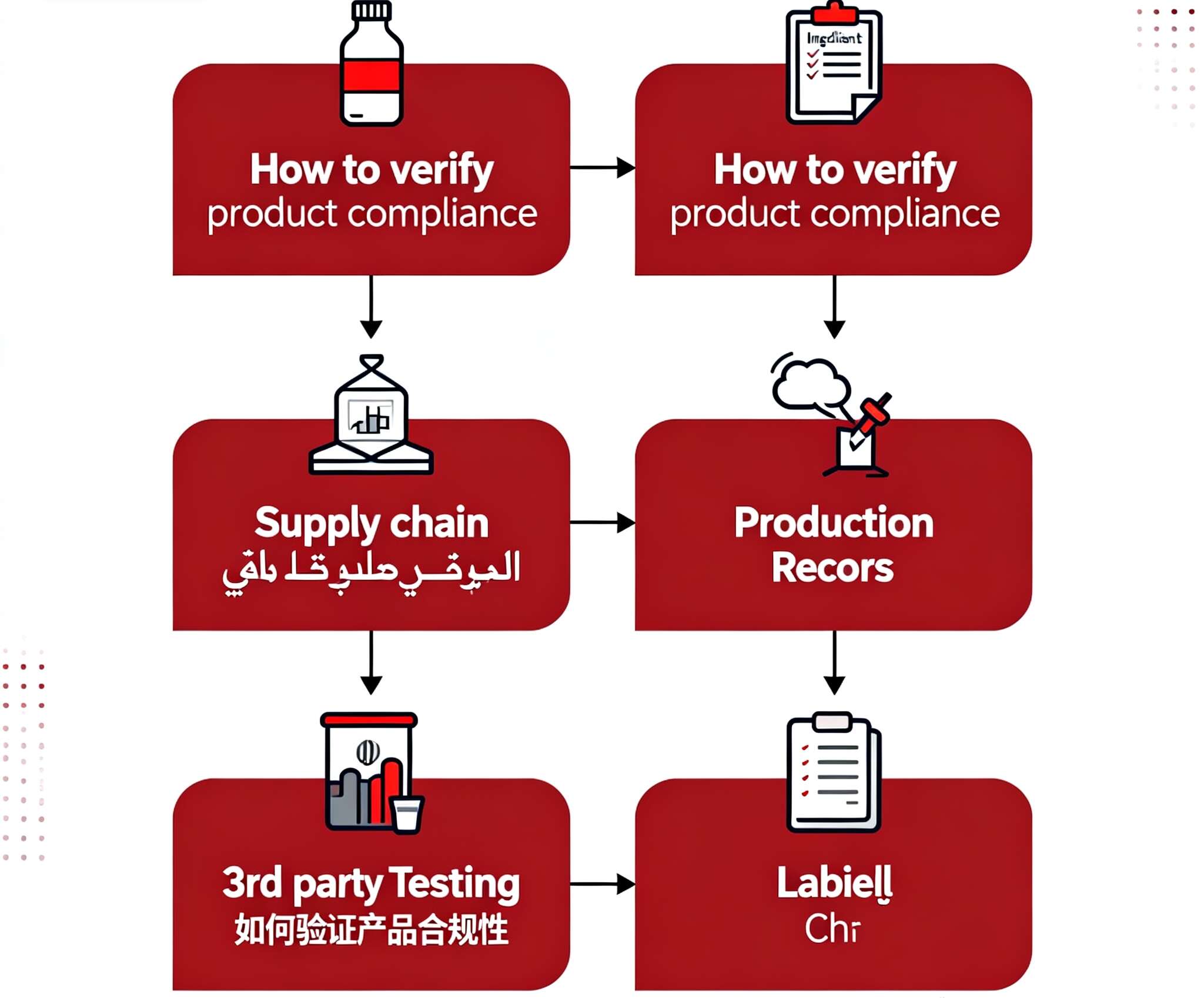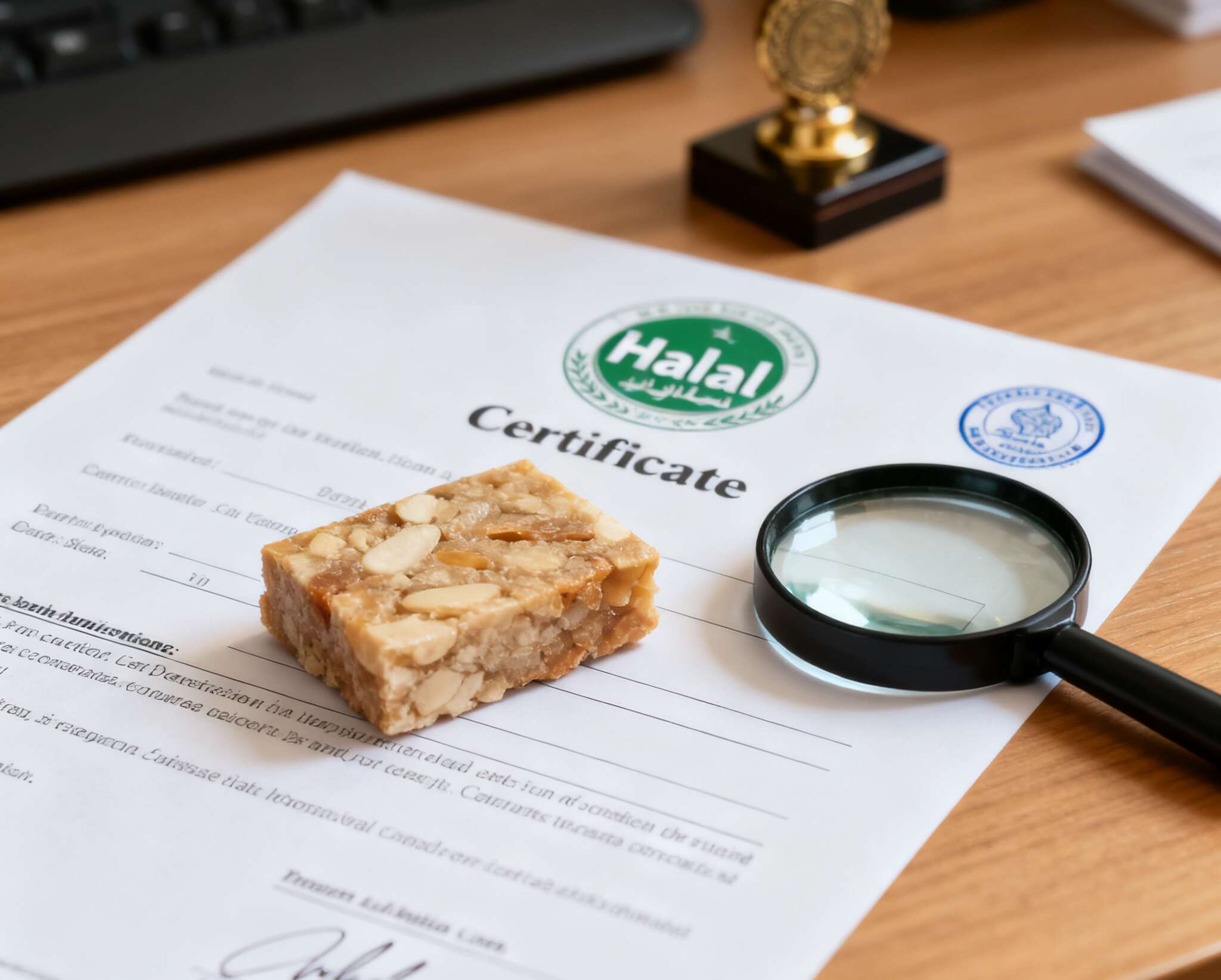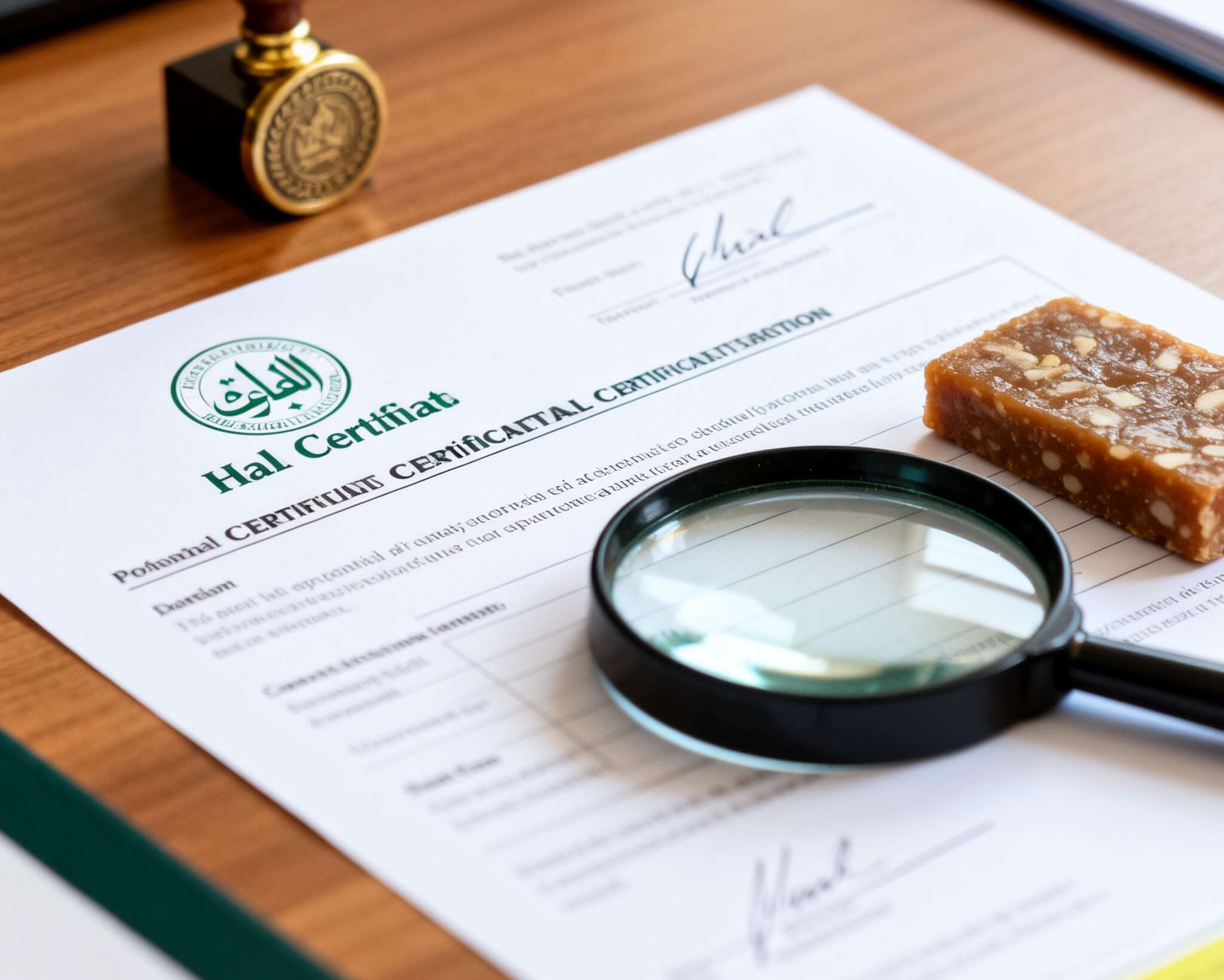



You want to sell shampoo, lotion, or soap across the GCC. You also want zero drama at customs, zero pushback from buyers, and zero confusion on labels. Let’s make it simple, talk straight, and use real standards and shop-floor steps. I’ll keep the tone human. A little scrappy too—because that’s how ops really works.
Quick note: I’ll use exact keywords—GSO 1943, GSO 2055-4, OIC/SMIIC 4, IFRA certificate, ISO 22716 GMP, SFDA GHAD/eCosma, and Dubai Municipality Montaji—so your team can copy/paste into SOPs.
In the Middle East, “Halal” is not only a faith-driven choice. It’s also a buying signal and often a retail or tender gate. For cosmetics and personal care, you must meet GSO 1943 safety rules at a minimum. If you claim “Halal”, you add GSO 2055-4 and/or OIC/SMIIC 4 on top. That’s the stack. Keep this stack in your SOP and kick-off decks; your team won’t get lost.

Think of GSO 1943 as your “base layer.” If you miss this, nothing else matters.
| Impurity (cosmetics) | Limit (ppm) |
|---|---|
| Lead (Pb) | 10 |
| Arsenic (As) | 3 |
| Cadmium (Cd) | 3 |
| Mercury (Hg) | 1 |
| Antimony (Sb) | 5 |
| 1,4-Dioxane | 10 |
Ops tip: set QC release specs tighter than the limit. Leave headroom for batch variance. It’s boring, but it saves CAPA time later.
If your pack, site, or sales deck says “Halal”, you need GSO 2055-4 (and the aligned OIC/SMIIC 4 framework). What changes?
Reality check: auditors will ask for COA, SDS, IFRA certificate, allergen declaration, traceability (ERP/lot), and Halal certs for every animal-derived input. No paper? No pass.
OIC/SMIIC 4 is the wider, OIC-level standard. Many certifiers use it as the backbone for audits. Aligning your HAS, supplier approvals, and change control with SMIIC language speeds audits. Not gonna lie, it also makes your regulatory bundle look grown-up.
GSO 1046 confirms ethanol-based perfumery exists in the GCC under normal cosmetic rules. That’s the compliance side.
But for a Halal claim, you must manage “intoxicants” definitions and source. Work with your certifier early. Don’t leave this to week 10—your print lead time will eat you alive.
For Saudi Arabia, you’ll register/notify via GHAD (parts of eCosma migrated), then handle import via FASEH. Your dossier should include:
Heads-up: Products with porcine derivatives are not allowed. If your glycerin once came from pork, switch to veg source and lock the spec. Don’t “maybe” this.
To sell in UAE (Dubai, especially), you register in Montaji. If you want a Halal logo on pack, you go through MOIAT with the Halal National Mark path. Two separate lanes:
If you only need to be culturally compliant (no pig, clean labels, no cultural clashes) but don’t claim “Halal”, you can stop after Montaji. But if your buyer requests a Halal logo, budget for that timeline.

Make this a checklist in your QMS.
| Module | What to prepare | Why it matters |
|---|---|---|
| BOM scrub | Full INCI list with origins, certificates for animal-derived inputs | Clears najs risk; speeds Halal review |
| IFRA | IFRA certificate matched to product category (leave-on vs rinse-off) | Retailers and importers ask this first |
| Safety | Stability, compatibility (e.g., SLES base), micro (as needed) | Avoids late-stage reformulations |
| Quality | ISO 22716 GMP proof, batch records, ERP lot traceability | Shortens audits and customs queries |
| Label pack | Arabic + English panels, claims reasoning, warnings | Prevents relabel orders |
| Halal | Halal certs for materials + HAS SOPs + training logs | Makes certifier happy, reduces NCs |
Case 1: Soap base with animal fats
You plan a bar soap using tallowate. In KSA/UAE, you’ll run into both cultural and import issues. Swap to veg base (e.g., palm/olive). Ask your fragrance partner to check dosage, discoloration in alkaline base, and bloom after cure. Run 45 °C and freeze–thaw to be safe.
Case 2: Shampoo with old-school lanolin
Lanolin can be fine if you prove source and Halal. But procurement keeps swapping vendors (price pressure…). Lock one vendor, collect Halal certificate, and require lot-level traceability. Your Hair Care Fragrance Supplier should confirm olfactory hold in SLES/CAPB with silicone systems. If the scent drowns, tweak fixatives; don’t just crank load.
Case 3: Eau-de-parfum for GCC
You want a high-ethanol fragrance for boutique stores. It’s doable under GSO 1046. For a Halal claim, align with your certifier on ethanol source and process. Do organoleptics + IFRA + allergen early. Miss those, and your sell-in date slips. Alot.
| Section | Must-have (Arabic + English) | Notes |
|---|---|---|
| Identity & function | “Shampoo,” “Body lotion,” etc. | Keep it clear; avoid medical claims |
| Directions & warnings | How to use + safety lines | Match leave-on/rinse-off practice |
| Storage | Basic storage advice | Short and plain is okay |
| Batch & shelf-life | Batch/Lot No. and date info | Tie to ERP for recall drills |
| Halal logo (if used) | Only with valid cert | Keep artwork per program rules |
Micro-copy tip: avoid phrases that conflict with values or overpromise. Use benefit + proof, not hype.
You don’t need another vendor. You need a partner that lands first-time-right and fast. That’s our lane at I’Scent:
Want ready-to-brief categories? Explore:
We design to your base, not just your mood board: surfactant systems, wax loads, pH windows, solvent cages, packaging permeation risks (PE vs PET), and allergen disclosure for target sell-ins. We also prep the submission pack (IFRA, allergen list, Halal docs for materials we supply, COA/SDS) so your regulatory bundle is plug-and-play.

| Country | Platform | When you use it | Halal logo path |
|---|---|---|---|
| KSA (Saudi) | GHAD/eCosma + FASEH | Cosmetic notification/approval + import clearance | Logo via your chosen certifier; no logo needed if you don’t claim |
| UAE (Dubai) | Montaji | Registration to sell | MOIAT Halal National Mark (optional, only if claiming “Halal”) |
PM tip: create two JIRA templates. One for KSA. One for UAE. Different owners, different SLAs.